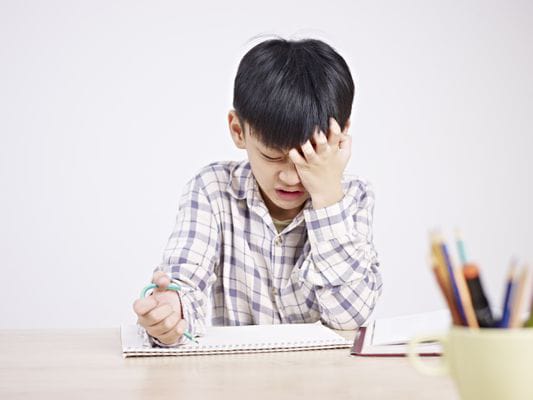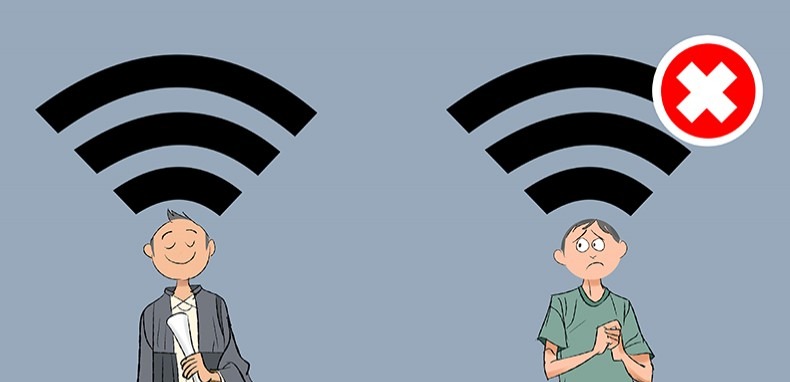Cultural deprivation is a mental condition that, if not put into check, aggravates beyond control. It stems from middle-class values, which hold social class differences as the ultimate determinant of achieving educational development in life. However, this acceptable standard of thinking of the cultural societies creates the main problem in society.

Cultural deprivation has increased in the digital age. We need to stop this disparity. Let’s start by learning how cultural deprivation affects mental health and is an impediment to receiving quality education, which in turn hampers quality standards of living.
Table of Contents
Understanding Cultural Deprivation: Causes and Consequences
Cultural deprivation is a complex condition which leads to mental retardation of a child. Cultural deprivation theorists locate home and school to be the two main locales for a child to feel culturally deprived. Inadequate socialization at home, between pupils and teachers, results in this feeling of alienation.
Primarily, the child’s socio-economic background, parental education, and parental attitude are the main driving forces behind differences in a child’s achievement. However, the consequences can range from a lack of self-esteem to a crisis of identity during the intellectual development of the children. As a result, this hinders their social mobility.

Cultural Deprivation: A Barrier to Social and Economic Progress
Cultural deprivation affects a child’s ability to communicate freely in society because it hinders the basic values, attitudes and skills which develop in a family through reasoning and communication. Cultural deprivation is accompanied by racial oppression or colonization. All these result in physical violence and impoverishment of a child.
Cultural deprivation makes it difficult for working-class children to adjust to middle-class norms and values that are taught in schools. Parental attitudes and economic pressures together force the children to drop out of school and do jobs as a means of sustenance as early as possible. Often, cultural deprivation leads to serious conditions, as in post-traumatic slave syndrome.
Thus, cultural deprivation is a primary barrier for children to cross the border of their social and economic status.
The Impact of Cultural Deprivation on Education and Achievement
A fallout of educational achievement harps on the cultural deprivation that a child faces from a younger age. Working-class parents fail to realize the importance of education, and often, larger working-class families have fewer parental resources to support each child’s educational attainment.

Cultural deprivation theory suggests that the problem of underachievement can be solved if the parents do not exclude themselves from participating in decision-making in educational institutes. Even schools show a lack of enthusiasm in encompassing these working-class children to achieve better because they stress more merit rather than differential achievement.
Even language is an impediment because, according to Bernstein, class-based achievement occurs when a working-class child cannot inculcate elaborated language codes. This is because the language or speech code shows the cognitive deficiency of a disadvantaged child.
How Cultural Deprivation Affects Mental Health and Well-being?
Mental health is an important aspect that depends on social harmony and a person’s well-being. Even a person’s health depends on the unity and harmony of mind, body, and spirit. Discrimination based on a person’s societal status, caste, or race prevents the person from getting quality health services and, in some cases, from getting access to health services.
Cultural deprivation has a negative impact on developmental outcomes. In the case of educational success, deprived children become slow learners and often underachievers. Low mental satisfaction leads to reduced life satisfaction; therefore, cultural deprivation plays a key role in determining one’s well-being.
The Intersection of Cultural Deprivation and Marginalization
Cultural deprivation and marginalization are interconnected with each other. The person who is poor and marginalized remains in the web of deprivation because they are denied access to quality education and proper food. Educational underachievement and nutritional deficiency make them stay caged in the poverty trap.
Cultural deprivation also causes gender differences, where although working-class girls outperform working-class boys, they fall behind middle-class boys. Even ethnic groups remain marginalized in the case of access to resources, where the upper and middle-class children get the socio-economic and educational advantages. These cultural factors play an important role in this social inequality and class divide.

Addressing Cultural Deprivation in the Digital Age: The Potential of Technology and Online Resources
Digital resources are part of our everyday lives, but this has also widened social inequalities. The main problem is that deprived people are unable to convey their problems. Policymakers and community technology advocates try to implement policies that favour the poor, as they deserve a chance to overcome digital deprivation, but the situations are cumbersome.

Though the government tries to diminish the class structure by providing affordable connections to network technology through technology discounts, the persistence of poverty remains. The digital divide is not only limited to material deprivation, that is, access to the Internet or computer hardware, but also to inequalities in digital skills.
This digital divide leads to challenges in technological developments, cultural matters, and progress in every area of the country.
Bridging the Gap: Community-Based Initiatives to Combat Cultural Deprivation
Community-based initiatives play an important strategic role in combating cultural differences in society. They include the wider society through a common objective that the health facility can reach all social classes of society. The incorporation of health policies and programmes in national strategic development agendas helps improve life expectancy, health, and environmental conditions by reducing poverty.
Apart from this proactive step, the key feature of a community-based initiative lies in its ability to communicate with people who lack exposure and are afraid to come and speak up about their problems. Facilitating conversations with disabled people, homeless people, or those who do not belong to affluent society can make them feel a part of mainstream society.

These community-based initiatives, especially communication, can facilitate understanding the root problems of socio-cultural deprivation and thus reduce inequality rates.
Overcoming Cultural Deprivation: Strategies for Promoting Cultural Inclusion and Diversity
Cultural deprivation theorists argue that class subculture theory is created by working-class parents themselves, who lack the individual aspiration for their children’s education. However, it can be mitigated by overcoming it through a combined effort of all the wider society, including people of the affluent society and the middle classes.
To include disabled people, homeless people and all those who are stuck in the poverty trap in the wider society, the first building activity is to engage them and maintain a social network.
Since educational institutions are the first steps towards achieving social inclusion, they should go the extra mile in encouraging the class pupils to acknowledge the existence of poverty in a healthy manner. Understanding their problems and encouraging them to speak elaborate codes will also involve the cognitive development of culturally deprived children.
Equal opportunities should be ensured for all class cultures, regardless of their background, be it money, class, ethnicity, gender, or race. This will reduce differences in achievement despite individual differences. They will be able to engage in civic, economic, political, and social activities and participate in decision-making processes.
Thus, these strategies will help eradicate class underachievement and enable a socially inclusive society, which is needed to promote a culturally diverse society.
Conclusion
Simply knowing about poverty is not enough to reduce cultural deprivation. One needs to address the reason behind inequality rates by involving culturally deprived people in more social activities and offering a helping hand.
In the digital age, it is important to progress not only alone but also together so that these feelings of achievement gaps and lack of exposure do not make someone remain bogged down, leading to low life expectancy.

FAQs
What is the Concept of Cultural Deprivation?
Cultural deprivation reduces a person’s self-esteem and makes them feel alienated. A person can feel culturally deprived based on class, caste, gender or race.
What are the Effects of Cultural Deprivation?
Cultural deprivation can hinder educational achievements, cause economic deceleration, cause poor mental health and well-being, and reduce life expectancy.
What are Two Criticisms of Cultural Deprivation as a Cause of Differences in Educational Achievement?
Due to differences in educational achievement cultural deprivation has caused working-class children to remain underachievers due to differences in educational achievement, and often, they drop out of school to work to sustain their lives.










[…] in marginalized communities, ensuring equal access to education and job opportunities, and addressing cultural […]